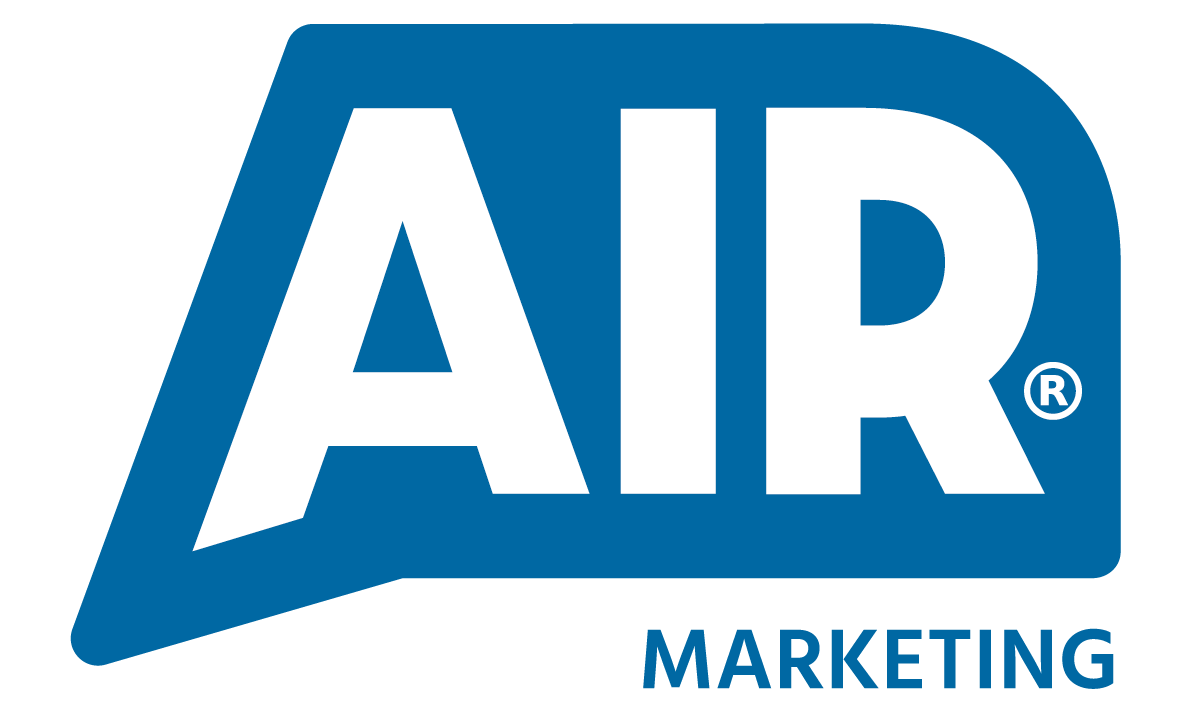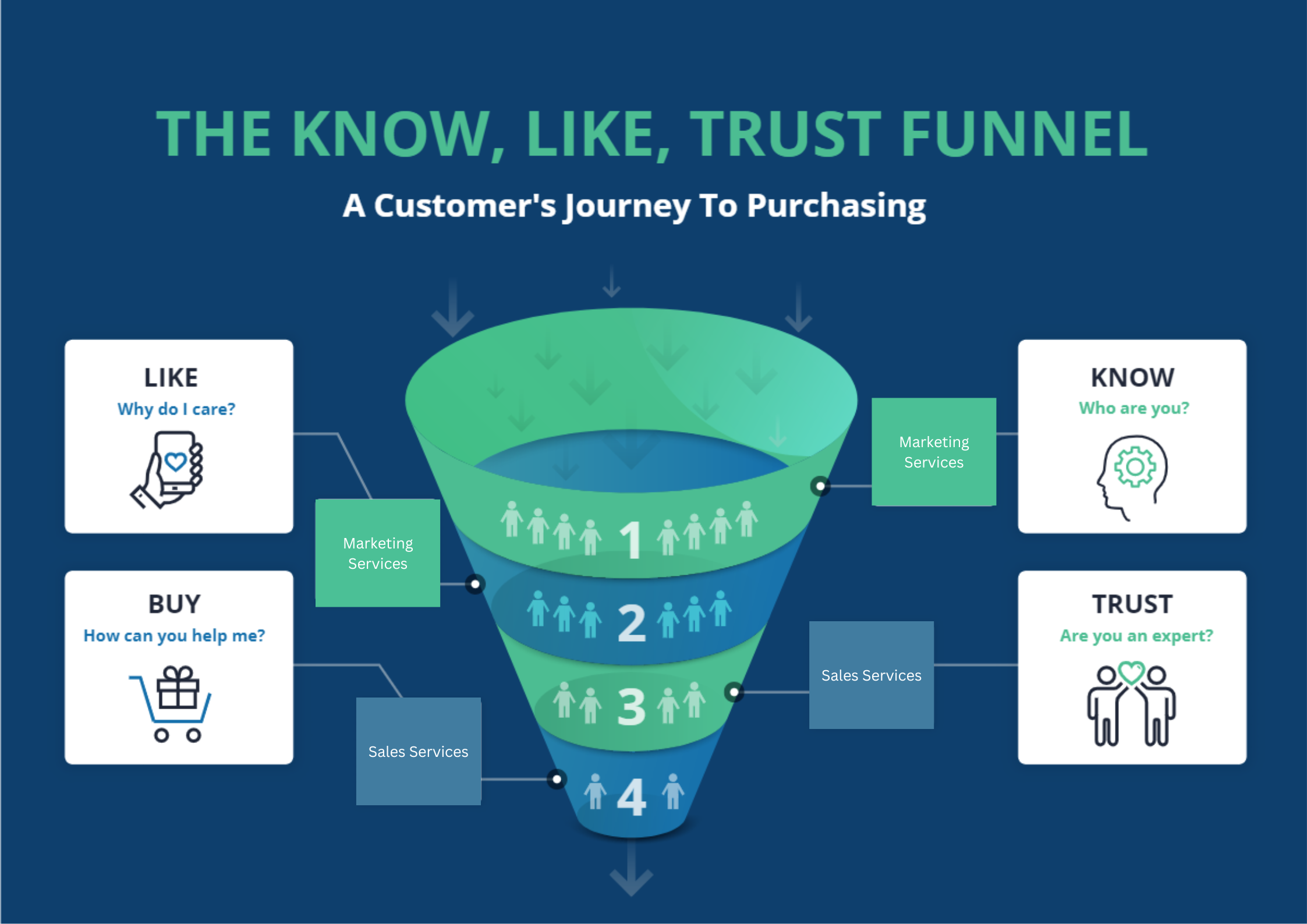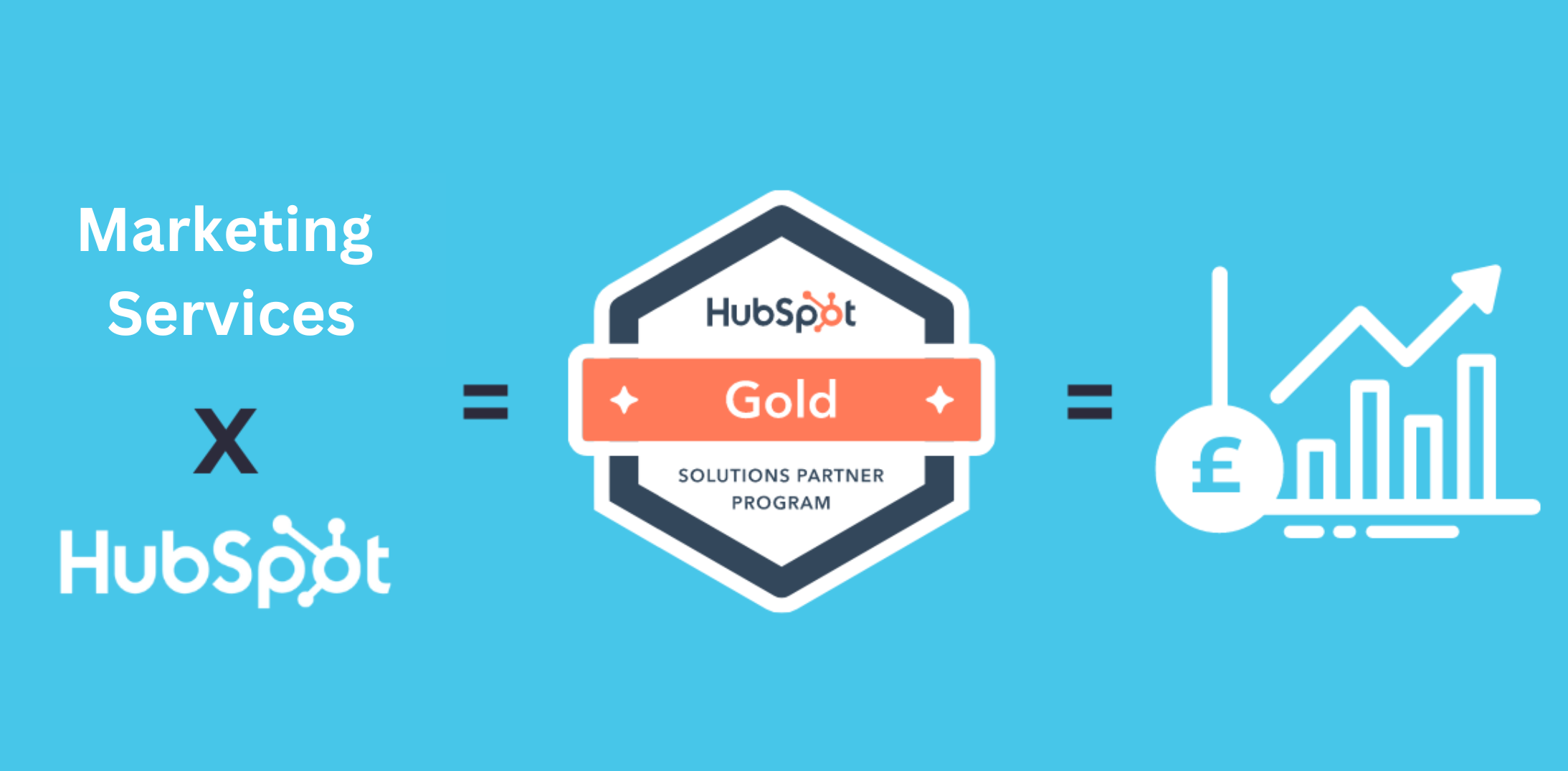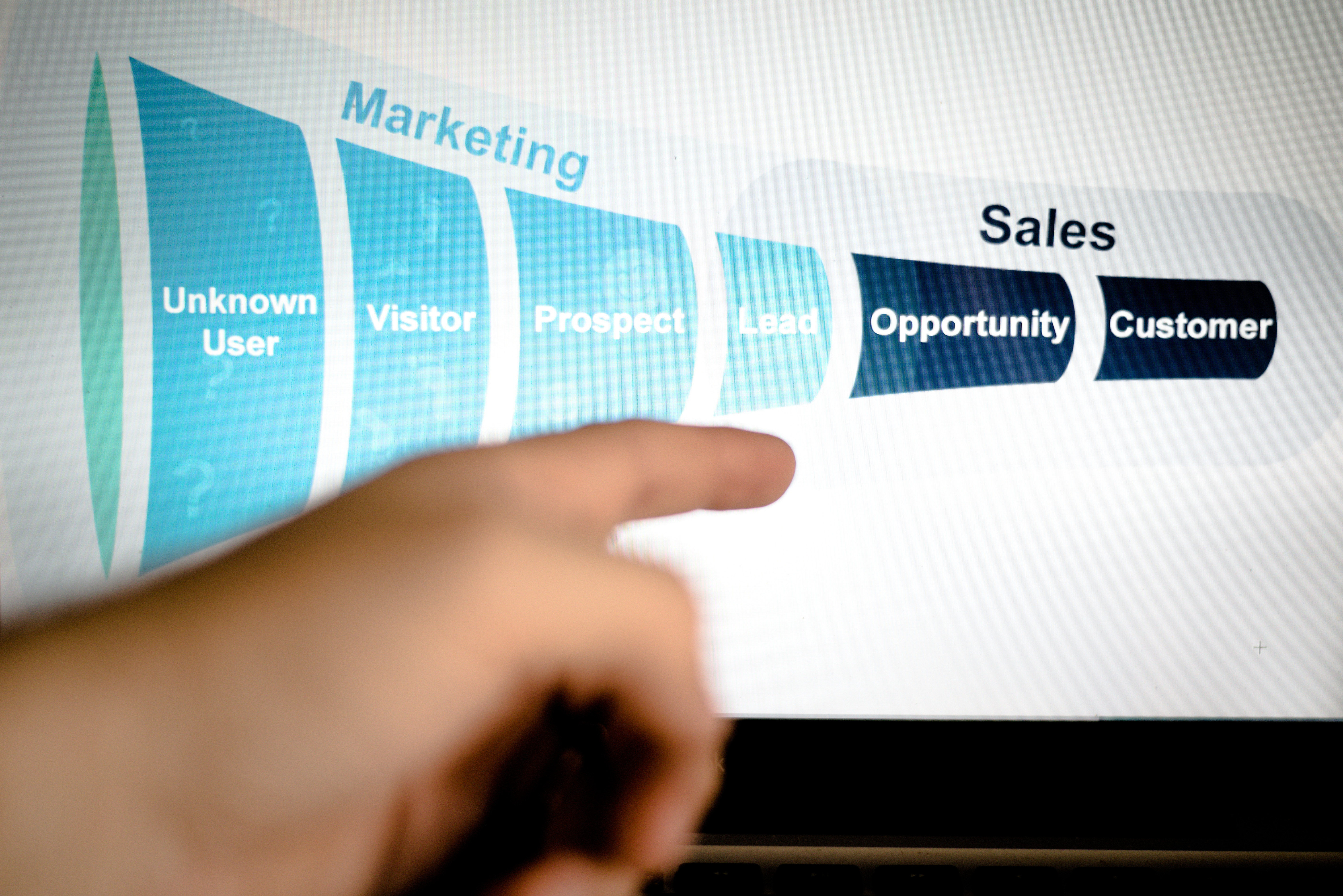The know-like-trust-buy funnel is a fairly common term in the world of sales and marketing—but what exactly is it? And why is it so important?
Essentially, the funnel details each vital stage that a potential consumer/business goes through before purchasing a product or service from your business. Within the concept are four fundamental touch points—each of which should be treated with equal and careful consideration to achieve the end goal of a successful customer journey and sale.
At the top of the funnel, we have ‘know’—the point at which a person discovers you, or your offering for the very first time. Whatever method this may be—social media, PPC, traditional advertising, etc—any experienced salesperson will vouch that these early impressions are critical in ultimately generating revenue further down the line.
The second stage is ‘like’. However you position yourself and whatever messaging you use needs to resonate with your target market, to the point they’re willing to delve further once their attention has been caught.
Next, we have ‘trust’. We live in an era where people have learned to be more and more sceptical about who and where they’re making a purchase from. This wariness has placed an even greater importance on the trust stage of the funnel, particularly for less established and emerging brands trying to break into a sector for the first time.
This is also the point where you really need to position yourself as an expert within your field. What can you provide this person with that gives you an edge over your competitors? If you don’t have that, or you aren’t clearly communicating it, odds are they’ll find someone who is.
Once you’ve ticked all of the above boxes, your customer should be ready to ‘buy’, or at least extremely close to it. We often see companies falling into the trap of thinking once a person reaches this stage, their business is secured—but that couldn’t be further from the truth.
Despite all of the hard work that has gone in prior, it only takes a split-second for a person to be turned off by a bad sales experience, which is why it’s crucial to have an expert team on-hand to get things over the line at this final stage.
Streamlining the funnel with Air Marketing and Marketing Services
Naturally, making the funnel as smooth a journey as possible for the consumer is not only going to benefit in terms of this one sale, but a pleasant and memorable buying experience is exactly what is required to build a base of loyal, repeat customers in the long-term.
To successfully achieve this, both the marketing and sales elements of the experience need to work perfectly in tandem, complimenting each other throughout each stage and designed in a way that from that very first moment, the journey is pushing towards that last hurdle of a successful sale.
One of the most common problems we see with businesses is a struggle to combine both the marketing and sales elements of the funnel. They may be able to capture the person’s attention and their story is well-received, however, when it comes to trying to convert that interest into the all-important ‘buy’ stage, things begin to unravel.
Our Marketing services team, specialise in marketing with a sales attitude—producing high-impact lead-generation campaigns and creative marketing strategies, to seamlessly and successfully deliver this entire buying process to brands.
Outsourcing all elements of the consumer journey to one supplier doesn’t just save you time and resources in terms of communication and coordination between separate parties, it ensures each touchpoint is better aligned due to it all being built and handled by a single entity.
This massively reduces the chances of mistakes or drop-offs due to misunderstandings and incoherent messaging, and allows a strategy to be altered and optimised in a far more efficient manner than if you were having to arrange with two or three different contacts.
From a sales perspective, being able to share our input immediately in the initial stages provides a massive benefit, as it allows us to truly ensure that by the time the consumer/business reaches the final part of the funnel, they’re actually ready to buy as all messaging before has been tailored specifically towards this moment.
By operating this way, we are able to constantly knowledge share from both a sales and marketing perspective, while possessing the, often vital, ability to act with agility and deliver genuine ROI for our clients.
The results
A recent campaign with one of our clients who operate within the SaaS industry saw us take this two-pronged approach with Air and Air Marketing services.
The client, who helps UK businesses apply for Series A funding and prepare for periods of growth through an expertly-led training programme, found that while their offering was indeed incredibly strong, it was difficult to market and they weren’t getting the conversions they had hoped.
In our collaborative approach, our Marketing services team crafted a full marketing strategy that combined email marketing, social media marketing and user journey consultancy. As the prospective customers shared details of becoming marketing qualified leads (MQLs), all the vital information was fed back to the Air Marketing SDR team, who were then instantly able to pursue and convert the most qualified leads.
Over a three month period, this process meant we were able to deliver all the required benchmarks that allowed our client to run their next cohort. The campaign’s results included:
- 40% average email open rate
- +14 marketing qualified leads
- 58,000 reach on Twitter
- 300% increase in website traffic from email
- 20% increase in direct website traffic
- 95% increase in website traffic from social
- 5% minutes on average spent watching video content on Twitter
Want to learn more about how we work as a full-stack marketing agency to optimise the customer journey? We’d love to chat. Give us a call on 0345 241 3038 or email contact@air-marketing.co.uk.










